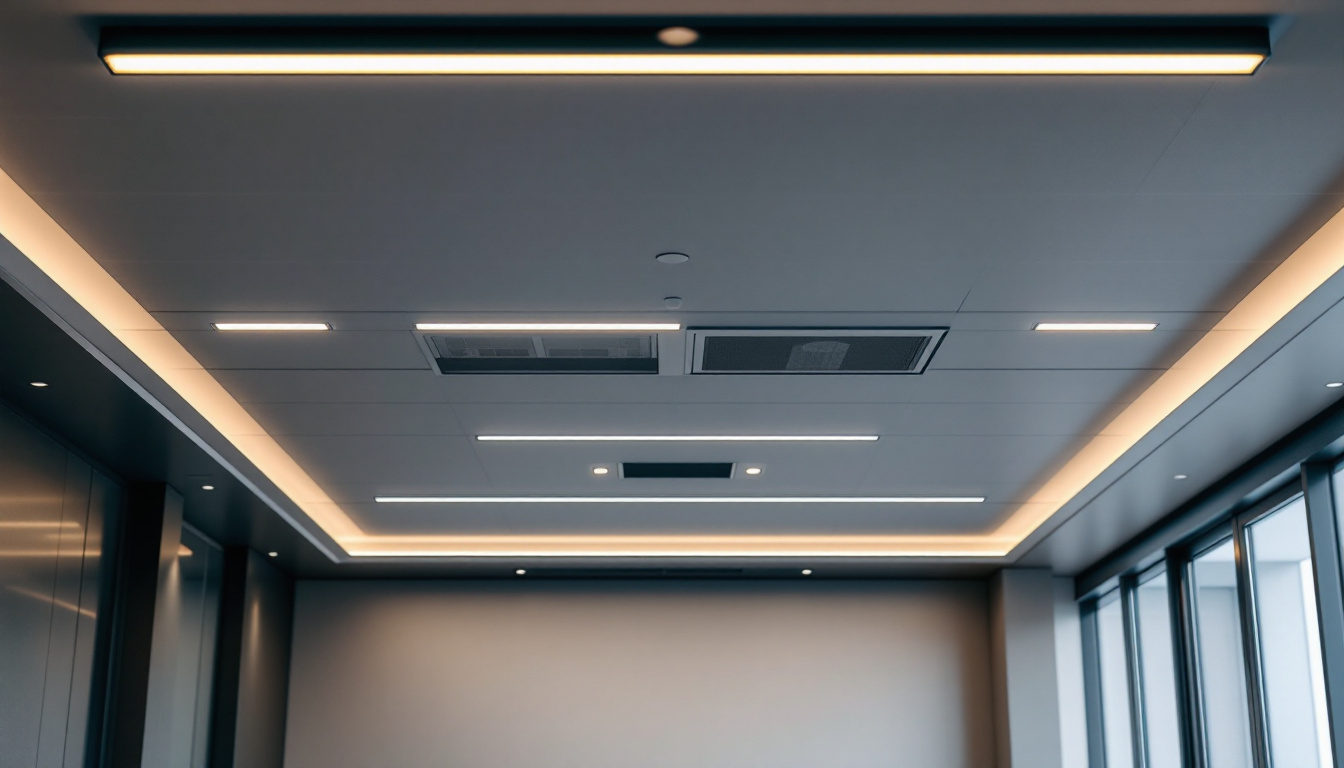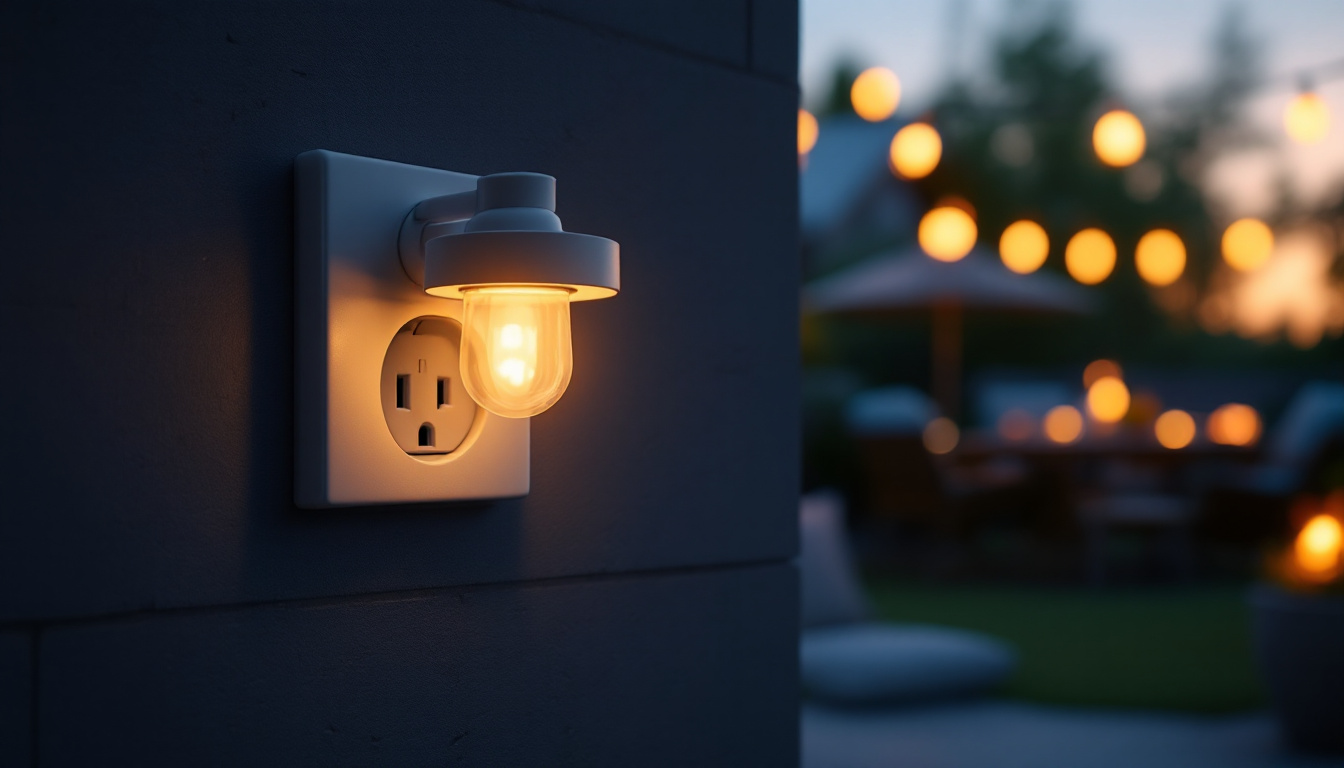
Lighting Laptop: How Lighting Contractors Can Avoid Issues
In the world of lighting design and installation, contractors face a myriad of challenges that can impact project outcomes. From technical issues to client expectations, the path to delivering a successful lighting project can often be fraught with obstacles. However, by understanding common pitfalls and employing strategic solutions, lighting contractors can navigate these challenges effectively. This article explores various ways lighting contractors can avoid issues, ensuring smoother operations and satisfied clients.
Every lighting project comes with its own set of challenges. Recognizing these challenges is the first step toward finding effective solutions. Here are some of the most common issues faced by lighting contractors.
Technical difficulties can arise from various sources, including equipment malfunctions, compatibility issues, and improper installations. These problems can lead to delays and increased costs, which can frustrate both contractors and clients. It is essential for contractors to stay updated on the latest technology and equipment in the lighting industry to minimize these risks.
Moreover, thorough testing of equipment before installation can help identify potential issues early on. By conducting a comprehensive review of all lighting components and systems, contractors can ensure that everything functions as intended, thus reducing the likelihood of technical setbacks during the project. Additionally, investing in training for staff on the latest tools and techniques can enhance their troubleshooting skills, enabling them to address issues more efficiently when they arise.
Managing client expectations is another critical aspect of a successful lighting project. Clients often have specific visions for their spaces, and if those visions are not communicated effectively, misunderstandings can occur. Contractors must engage in open dialogue with clients throughout the project, ensuring that their needs and preferences are clearly understood and incorporated into the design.
Regular updates and feedback sessions can help keep clients informed and involved in the process. This proactive approach not only fosters trust but also helps to align the contractor’s work with the client’s expectations, ultimately leading to greater satisfaction. Furthermore, providing visual aids such as mood boards or 3D renderings can help clients visualize the final outcome, making it easier to adjust expectations and refine designs before the installation begins. This collaborative approach can significantly enhance the overall experience for both parties, leading to a more successful project outcome.
Effective project management is vital for lighting contractors to avoid common issues. By implementing structured strategies, contractors can streamline their processes and enhance overall project outcomes.
Planning is the foundation of any successful project. A detailed project plan should outline every aspect of the lighting installation, from initial design concepts to final inspections. This plan should also include timelines, budgets, and resource allocations, ensuring that all team members are on the same page.
Utilizing project management software can be beneficial in this regard. These tools allow contractors to track progress, manage schedules, and communicate with team members efficiently. A well-organized project plan can significantly reduce the likelihood of issues arising during the installation process.
Moreover, incorporating risk assessment into the planning phase can further safeguard the project. By identifying potential risks early on, contractors can develop contingency plans that address these challenges proactively. This foresight not only helps in mitigating delays but also builds client confidence, as they see a contractor who is prepared for unforeseen circumstances.
Investing in training and development for team members is crucial for minimizing issues on the job. Contractors should prioritize ongoing education on the latest lighting technologies, installation techniques, and safety protocols. This knowledge equips team members to handle challenges effectively and enhances their skill sets.
Additionally, fostering a culture of continuous improvement within the team can lead to innovative solutions and better problem-solving capabilities. When team members feel empowered to share ideas and learn from one another, the entire project benefits from increased efficiency and creativity.
Furthermore, mentorship programs can be an effective way to facilitate knowledge transfer between experienced workers and newer team members. By pairing seasoned professionals with less experienced staff, contractors can ensure that valuable insights and best practices are passed down, creating a more skilled and cohesive team. This not only aids in personal development but also strengthens the overall competency of the workforce, leading to higher quality outcomes in project execution.
Implementing quality control measures is essential for ensuring that every aspect of the lighting project meets the highest standards. By establishing a robust quality assurance process, contractors can identify and rectify issues before they escalate.
Conducting regular inspections throughout the installation process is a key component of quality control. These inspections should focus on verifying that all components are installed correctly and functioning as intended. By addressing any discrepancies early on, contractors can prevent larger issues from developing later in the project.
Moreover, involving clients in these inspections can foster transparency and build trust. Clients appreciate being kept in the loop and having the opportunity to provide feedback on the work being done.
Establishing feedback loops within the team can enhance the quality control process. After each project phase, team members should gather to discuss what went well and what could be improved. This reflective practice encourages continuous learning and helps identify recurring issues that may need to be addressed.
Incorporating client feedback into this process is also vital. Understanding the client’s perspective can provide valuable insights into areas for improvement and help tailor future projects to better meet their needs.
Technology plays a significant role in modern lighting design and installation. By leveraging advanced tools and software, contractors can enhance their efficiency and reduce the likelihood of issues arising during projects.
Utilizing design software can streamline the planning and visualization phases of a lighting project. These tools allow contractors to create detailed lighting layouts, simulate how different lighting options will look in a space, and make adjustments before any physical work begins. This level of foresight can prevent costly mistakes and ensure that the final design aligns with the client’s vision.
Moreover, design software often includes features that facilitate collaboration among team members, making it easier to share ideas and gather input from various stakeholders.
As previously mentioned, project management tools can significantly enhance efficiency. These platforms allow contractors to manage schedules, budgets, and resources in real-time. By centralizing all project-related information, team members can access the data they need to make informed decisions quickly.
Additionally, many project management tools offer mobile applications, enabling contractors and team members to stay connected and updated while on the go. This flexibility can be particularly beneficial in the fast-paced environment of lighting installation.
Strong relationships with suppliers can be a game-changer for lighting contractors. Reliable suppliers provide quality products and timely deliveries, which can greatly reduce potential issues during a project.
When selecting suppliers, contractors should prioritize those with a proven track record of reliability and quality. Conducting thorough research and seeking recommendations from industry peers can help identify reputable suppliers. Establishing partnerships with trusted suppliers can lead to better pricing, improved communication, and priority service, all of which contribute to smoother project execution.
Moreover, maintaining open lines of communication with suppliers can help address any potential issues before they impact the project timeline. Regular check-ins and updates can ensure that everyone is aligned and prepared for any challenges that may arise.
Negotiating favorable terms with suppliers can provide contractors with greater flexibility and security. This may include setting up agreements for bulk purchases, extended payment terms, or priority shipping. By securing advantageous terms, contractors can better manage their budgets and timelines, reducing the likelihood of issues related to material shortages or delays.
Additionally, fostering a collaborative relationship with suppliers can lead to innovative solutions and product recommendations that enhance the overall quality of the project.
Effective communication is the cornerstone of successful project management. Lighting contractors must prioritize clear and consistent communication with both clients and team members to avoid misunderstandings and ensure that everyone is on the same page.
Establishing clear channels of communication from the outset is crucial. This includes defining how updates will be shared, who the primary points of contact are, and how feedback will be gathered. Utilizing communication tools such as email, messaging apps, and project management platforms can facilitate smooth interactions among all parties involved.
Regularly scheduled meetings can also provide opportunities for team members and clients to discuss progress, address concerns, and share ideas. This proactive approach helps to build rapport and ensures that everyone feels heard and valued throughout the project.
Documentation is essential for maintaining clarity and accountability in any project. Contractors should document all communications, decisions, and changes made throughout the project lifecycle. This record-keeping can serve as a valuable reference in case of disputes or misunderstandings.
Moreover, having a comprehensive project documentation system can streamline the handover process once the project is completed. Clients will appreciate having access to all relevant information, including warranties, manuals, and maintenance guidelines.
Lighting contractors face a variety of challenges in their projects, but by implementing strategic solutions, they can effectively avoid many common issues. From thorough planning and quality control measures to leveraging technology and fostering strong relationships with suppliers, contractors can enhance their operations and deliver successful outcomes.
Ultimately, the key to success lies in proactive communication, continuous improvement, and a commitment to excellence. By prioritizing these principles, lighting contractors can navigate the complexities of their projects with confidence and ensure that their clients are satisfied with the final results.
Ready to elevate your lighting projects with the best materials on the market? Look no further than LumenWholesale for all your lighting needs. We provide contractors with top-quality, spec-grade lighting products at unbeatable wholesale prices, ensuring your installations shine with reliability and performance. Say goodbye to local distributor markups and hello to our extensive selection that meets the highest industry standards. Plus, with free shipping on bulk orders, you can stock up on premium lighting without the worry of hidden fees or compromises. Make your next project a beacon of success with Wholesale Lighting at the Best Value from LumenWholesale.

Discover expert tips from lighting contractors on choosing the best outdoor solar lights.

Discover the essential checklist for lighting contractors working with LED drop ceiling lights.

Discover how outdoor ceiling lights can transform your exterior spaces, enhance safety, and elevate your home’s aesthetic.

Discover how outdoor socket lights can revolutionize your home’s energy efficiency.